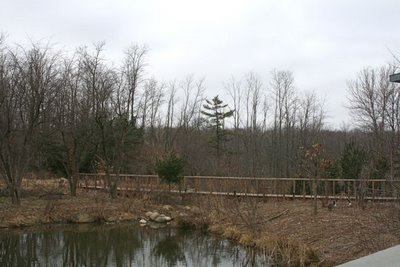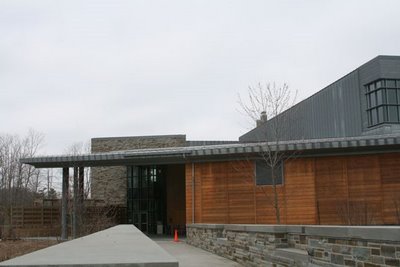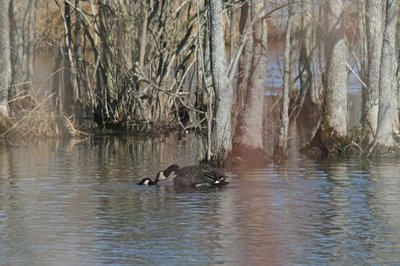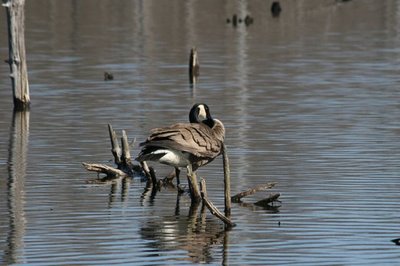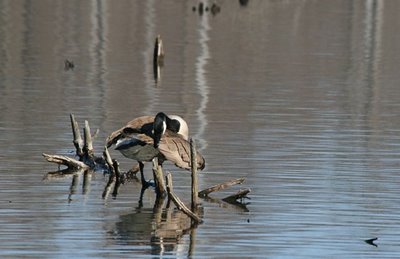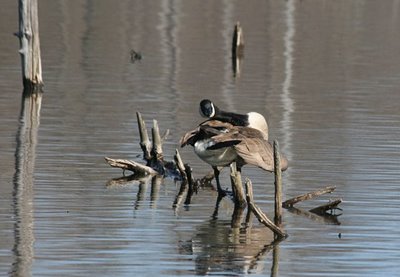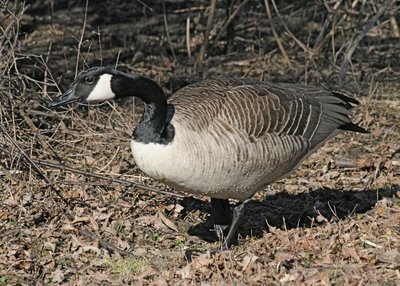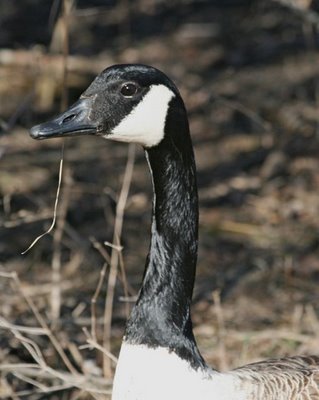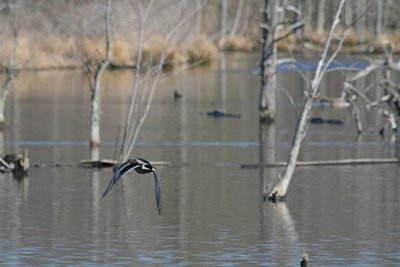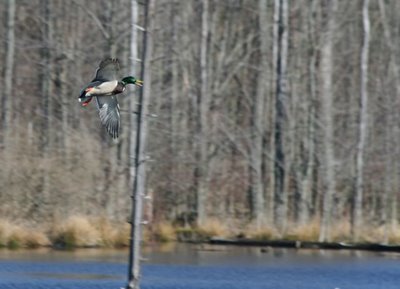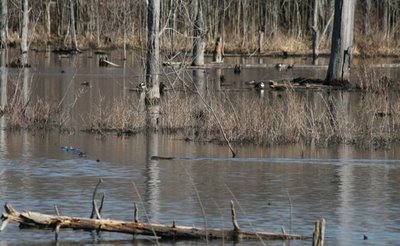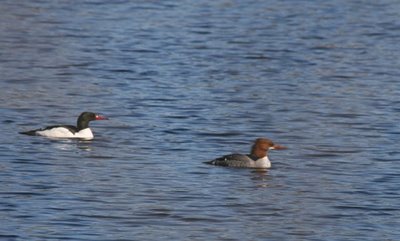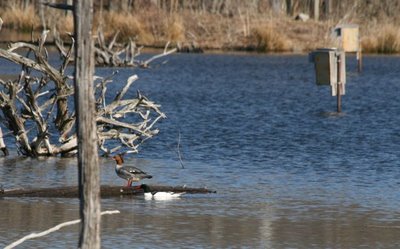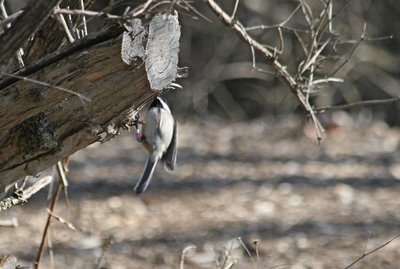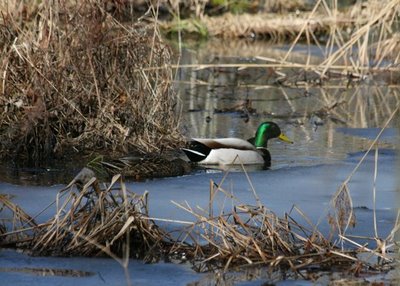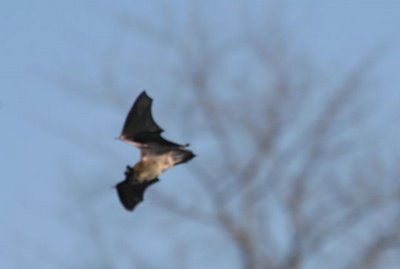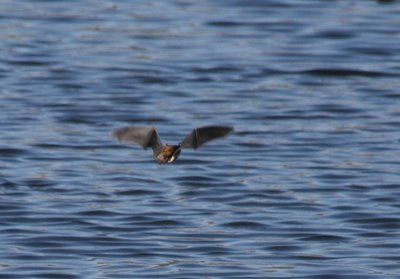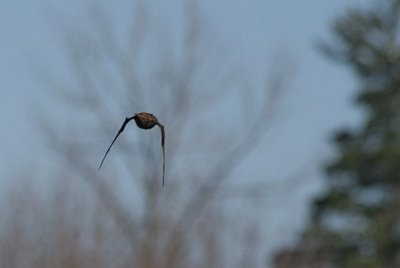Immersed in Marshes
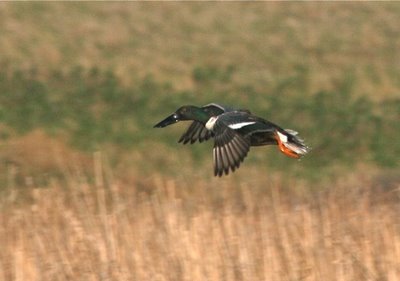 A shoveler glides in for a landing, bill still wet from his last dabble.
A shoveler glides in for a landing, bill still wet from his last dabble.Let's face it. Here in unglaciated southeast Ohio, we're starved for marshes. There are very few marshes, almost no natural lakes, and comparatively few opportunities to watch wetland wildlife. That's not to denigrate my beloved habitat; this blog is a celebration of all it HAS. But going to North Dakota is marsh immersion, and I love it.
I bring you marsh tidbits in this post. Marsh equals nursery in pothole country. Here, a massive creche of Canada geese from several broods.
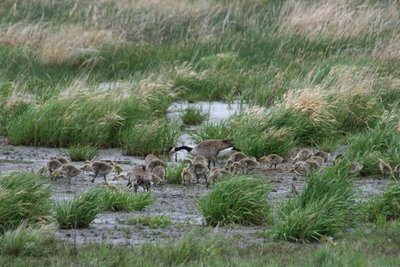
And a racing brood of little mallards, peeping for Mama.
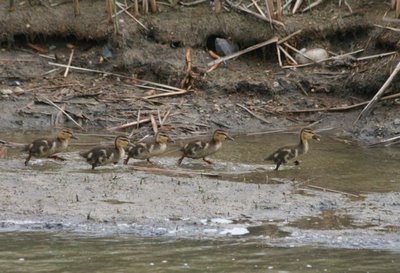
They take to the water, where they feel more comfortable.
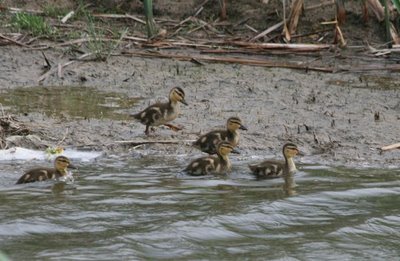
Their putative father? Who would know? Although I grew up on Robert McCloskey's Make Way for Ducklings, with its model of mallard monogamy, it's more likely that Dad's out looking for a receptive hen than helping to tend the brood.
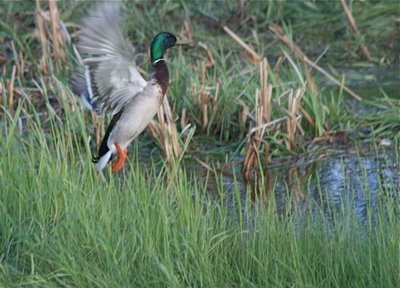
Overhead, snipe winnow, giving an otherworldly woo-woo-woo-woo that seems to be coming from nowhere and everywhere at once. They make the sound by channeling air from their beating wings into narrow, lanceolate outer tail feathers. They tip and tilt, side to side, and spread their tail as they tilt. The woo's occur at precisely the same time as the wings beat down. And the sound is produced. The bird straightens up, folds it tail in a normal flight position, and the sound ceases. In a magic moment, I was able to get everyone in the group on a winnowing snipe, predicting just when the sound would occur. And they understood, and it was beautiful.
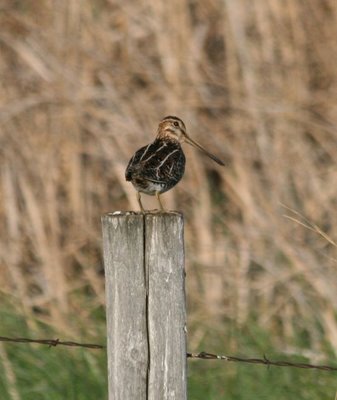 Everywhere, marsh wrens click and whir. Less frequently, the triple-click and burr of sedge wrens rings out.
Everywhere, marsh wrens click and whir. Less frequently, the triple-click and burr of sedge wrens rings out. 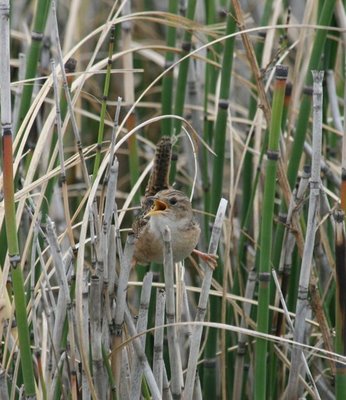
To me, they sound like a song sparrow with a head cold--dry and raspy, as if they were about to cough.
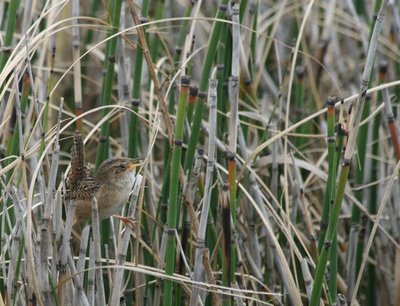
I love the straddly poses marsh birds have to adopt in order to perch in waving sedges, reeds and rushes. Boy, sedge wrens are cute, especially when they're mad.
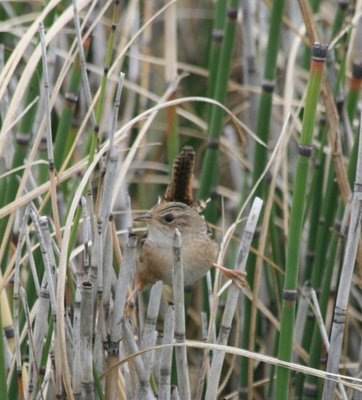 On the bison trip, we coaxed a Virginia rail into view with a recording of his grunting song. A sora popped up briefly but wouldn't oblige. While it bugs me to lure birds in with recordings, it makes me very happy to be able to show perhaps 35 people a rail, who would otherwise remain a mystery, and, after we're gone, will continue to be one.
On the bison trip, we coaxed a Virginia rail into view with a recording of his grunting song. A sora popped up briefly but wouldn't oblige. While it bugs me to lure birds in with recordings, it makes me very happy to be able to show perhaps 35 people a rail, who would otherwise remain a mystery, and, after we're gone, will continue to be one.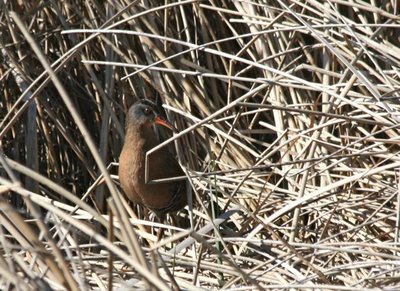
At least until next June, when it might be duped once again.
Labels: mallards, marshes, North Dakota, sedge wren, shovelers, snipe winnowing, Virginia rail

